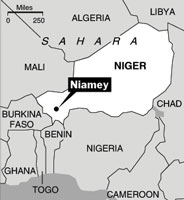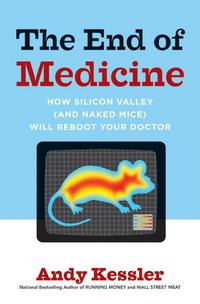 Source of graphic: online version of the WSJ editorial cited below.
Source of graphic: online version of the WSJ editorial cited below.
New Orleans’ plight is not the result of federal underspending. Uncle Sam has spent some five times more on Katrina relief than any other natural disaster in the past 50 years. Both parties in Congress and the White House opted for the status quo by relying on federal bureaucracies to oversee the rebuilding effort. If Uncle Sam were deliberately trying to waste these funds, it is hard to imagine a better way than to funnel the money through the Department of Housing and Urban Development, the Small Business Administration and the Federal Emergency Management Agency. Both HUD and the SBA have been on the chopping block back to the early Reagan years.
The post-Katrina spend-fest in Louisiana will be remembered as one of the greatest taxpayer wastes in U.S. history. First came the FEMA $2,000 debit-cards fiasco intended to pay for necessities that were used for things like flat-panel TVs and tattoos. Then came the purchase of thousands of mobile homes that cost as much as $400,000 per family housed; the $200 million for renting the Carnival Cruise Ship millions more in payments that went for season football tickets, luxury vacation resorts, even divorce lawyers. Federal flood insurance policies surely will encourage many to rebuild in the same flood plains and at the same height as before.
. . .
After the hurricane, newspapers around the world showed photos of New Orleans under headlines that shouted: "America’s shame." In truth, New Orleans was America’s shame long before Katrina. In large part the residents of the Big Easy were victims of the predatory behavior of their own politicians. Louisiana already ranked among the bottom five of all the states in crime, poverty, health care and school performance; the murder rate in New Orleans today is 10 times the national average.
For all the finger-pointing this week, Congress hasn’t spent much more than a dime to clear away the debris of corruption, patronage, welfare dependency, high taxes and racial division of decimated neighborhoods. What is still lacking in the life of New Orleans is the vital architecture of local capitalism.
For the full editorial, see:
"The Tragedy of New Orleans." The Wall Street Journal (Tues., August 29, 2006): A14.


 Source of map: online version of the NYT article cited above.
Source of map: online version of the NYT article cited above. Michelle Bachelet. Souce of photo: online version of the NYT article cited below.
Michelle Bachelet. Souce of photo: online version of the NYT article cited below.



 Source of graphic: online version of the NYT article cited below.
Source of graphic: online version of the NYT article cited below. Cooling towers at the Vogtle nuclear power plant in Georgia. Source of photo: the online version of the NYT article quoted and cited below.
Cooling towers at the Vogtle nuclear power plant in Georgia. Source of photo: the online version of the NYT article quoted and cited below. Castro impersonator Eddy Calderón. Source of photo: online version of WSJ article cited below.
Castro impersonator Eddy Calderón. Source of photo: online version of WSJ article cited below.